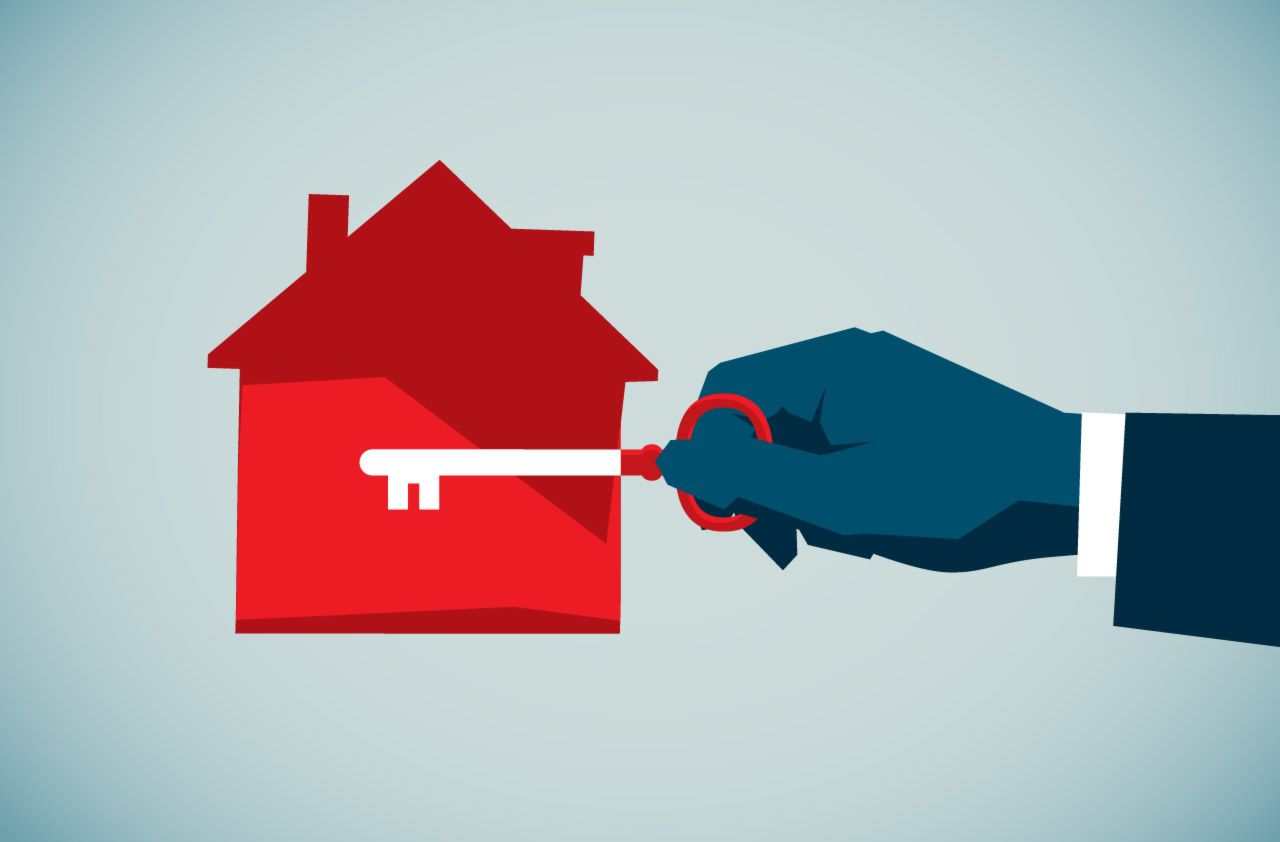
Kiplinger’s Economic Outlooks are written by the staff of our weekly Kiplinger Letter and are unavailable elsewhere. Click here for a free issue of The Kiplinger Letter or to subscribe for the latest trends and forecasts from our highly experienced Kiplinger Letter team.
Increases in home prices continue to ease amid high mortgage rates. The S&P Cotality Case-Shiller U.S. National Home Price Index, which measures the price of existing homes across the nation, rose 1.7% in July from a year earlier, down from a 1.9% annual gain in the previous month. On a month-over-month, seasonally adjusted basis, home prices fell 0.1%. While low affordability continues to weigh on sales, a relatively low supply of homes for sale is supporting continued price growth, but at a slower pace than in recent years. New York reported the strongest gains over the year, followed by Chicago and Cleveland. Boston and Detroit also posted solid increases of about 4%. This reflects a broader trend of price growth now picking up in Northeastern and Midwestern markets, which saw relatively modest price growth during the pandemic.
Housing starts will likely keep falling for the rest of 2025. Total housing starts dropped 8.5%, to 1.31 million annualized units, in August — the slowest construction pace since 2021. The decline was largely driven by a nearly 12% drop in multifamily starts. Single-family starts fell 7%. Total building permits declined by 3.7% and have now fallen for five consecutive months. A downtrend in single-family permits points to the trajectory of new-home construction over the coming months as builders continue to deal with high financing costs, elevated economic uncertainty and unfavorable supply conditions due to volatile U.S. trade policy under the Trump administration. Meanwhile, affordability challenges are boosting rental demand and supporting multifamily development, albeit at a slower pace than in recent years.
New-home sales jumped in August, reflecting lower mortgage rates and greater incentives from home builders. Sales skyrocketed 20.5%, to a seasonally adjusted annual rate of 800,000 units. The median price of a new home now stands at $413,500, up 4.7% from a year ago. While the new-home market has been less sensitive to changes in mortgage rates, thanks to the sales incentives offered by builders, rates above 6% will likely continue to discourage some buyers in the months ahead. The decline in mortgage rates in July and August was a big factor in the strong rise in new-home sales, showing that buyers are responding to even the smallest drops in financing costs. The inventory of new homes for sale has risen 4% over the past 12 months. At the current sales pace, that inventory would last 7.4 months.
Existing-home sales fell again in August. Sales of previously owned homes dipped 0.2%, to 4 million annualized units, in August. Existing-home sales remain sluggish as buyers contend with elevated financing costs, high home prices and relatively low inventories. Housing supply has made a meaningful recovery during the past couple of years, as housing market conditions have shifted to a lower gear from the highly competitive post-pandemic rush. Although the number of homes on the market is still below prepandemic levels, inventory has fully normalized when measured in months of supply at the current selling pace. The total inventory of existing homes on the market rose 11.7% in August from a year ago. This translates to 4.6 months of supply at the current sales pace, essentially flat from July. Single-family inventory dipped slightly in August but remained near the highest point since June 2020.







